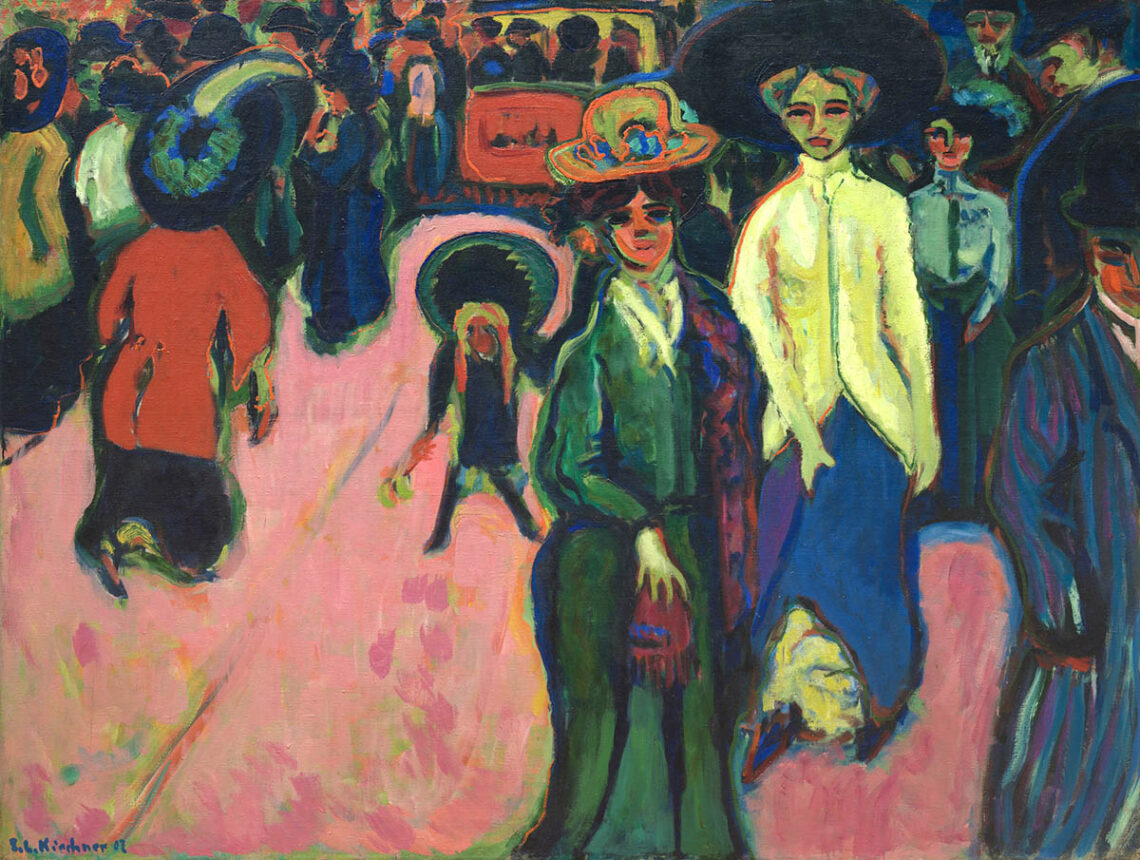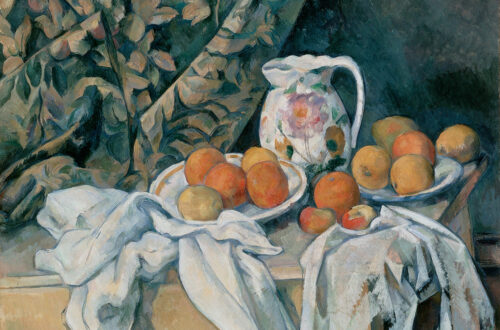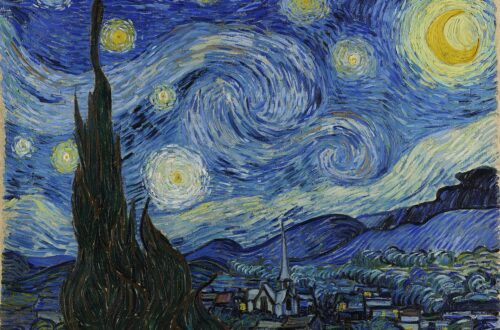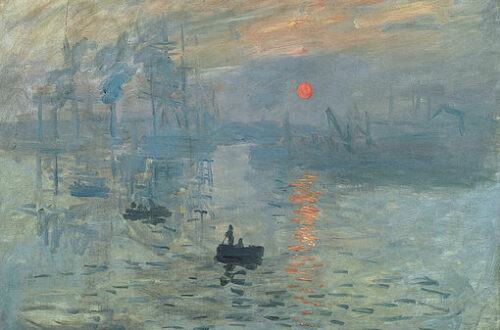Art movements play a key role in our understanding of art, allowing us to find order and structure within the vast realms of art history. They create a socio-political framework that allows us to understand why works of art were made, and they also give us insight into the artists and groups who led certain stylistic and conceptual tendencies. The formation of art movements varies; some movements have been defined by leading critics, writers or curators, who group artists from different backgrounds through exhibitions, catalogues and essays. Other movements have come about as a result of a tightly-knit core group of artists who worked side-by-side, some of whom even named their own groups and wrote corresponding manifestos to outline their ideals. Certain groups have even named their movements by embracing and reclaiming pejorative phrases levelled at them by art critics (such as the Impressionists and the Fauvists).
At thecollector.com, we have a broad pool of academic writers specialized in various disciplines who share their expertise on art historical subjects through a series of essays and articles, including detailed analyses of art movements and the wider circumstances within which they came to be.
Modern Art Movements Explained: A Comprehensive Guide
In our guide, we take a closer look at seven of the most significant and influential modern art movements which have all gone on to shape generations of artists that followed. Included in our list are: Realism, Impressionism, Cubism, Expressionism, Pop Art, Minimalism and Photorealism. For each movement we examine how the category came into existence, the key artists who brought the movement to life, and the wider social context within which the movement came to be.
Realism (1840s-1880s)
Realism was defined and labelled by the radical French artist Gustave Courbet, who almost single handedly spearheaded the movement in Paris, which later swept across France. He pioneered a new brand of art connected with real life, often forming a direct and biting form of social critique through the portrayal of the hardworking lives of ordinary people. Realism flew in the face of the idealized, Neoclassical art of earlier years, demonstrating just how powerful art that spoke about ordinary quotidian life could be. Other artists to follow Courbet’s lead included Jean-Francois Millet and Edouard Manet.
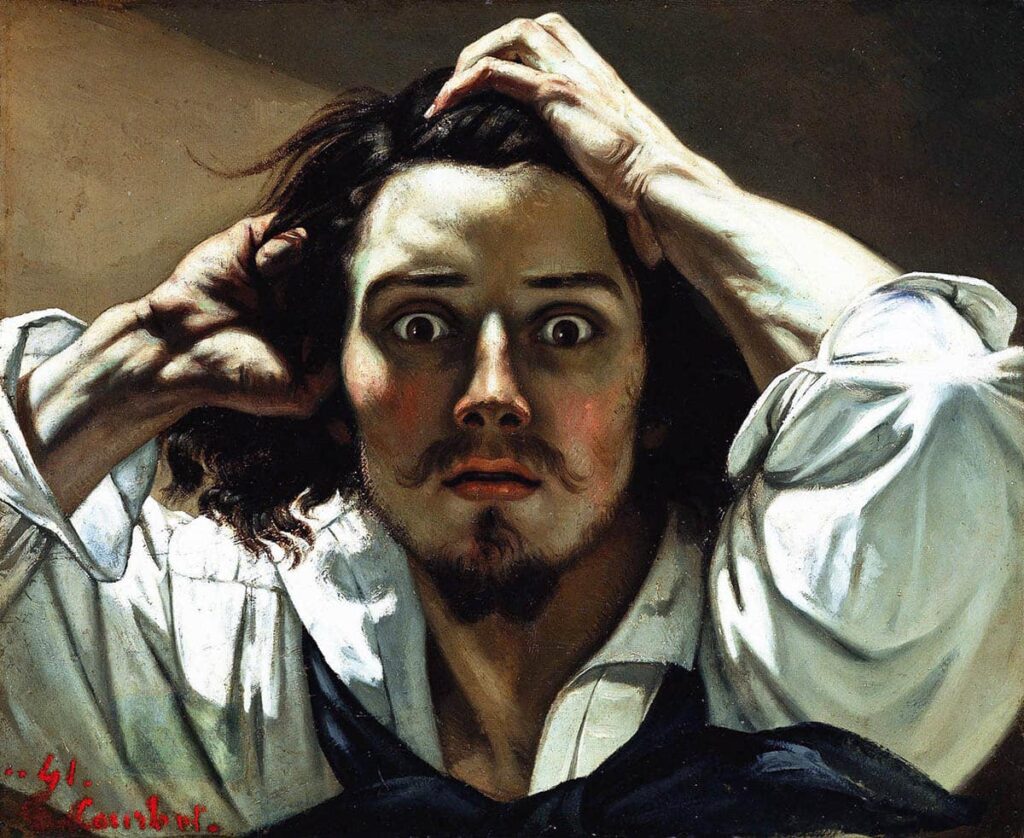
Gustave Courbet: What Made Him the Father of Realism? (thecollector.com)
Impressionism (1862-1892)
Impressionism must surely be one of the most celebrated and influential art movements in the history of art. The movement emerged in Paris through a core group of closely-knit artists including Claude Monet, Pierre-Auguste Renoir and Edgar Degas, who banded together to organize a series of exhibitions in Paris, showcasing a new style of art that was fresh, lively and spontaneous. Their art captured fleeting impressions of the real world with dappled brushstrokes and light, sparkling colours–many responding to the societal changes brought about by industrialization and modernity. Originally dubbed ‘Impressionistic’ by the art critic Louis Leroy, who wrote a scathing article critiquing their lack of finish, the group chose to adopt the term, which became their definitive calling card. Impressionism spread throughout much of Europe during the later half of 19th century, and paved the way for the Neo and Post Impressionism movements that followed.
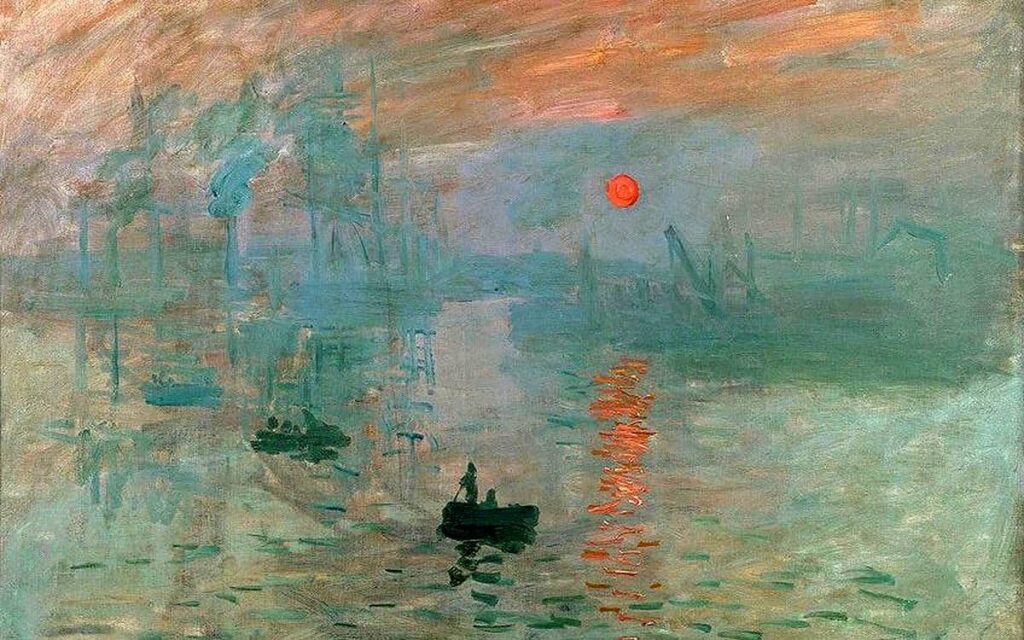
Impressionist Art for Dummies: A Beginners Guide (thecollector.com)
Cubism (1907-1914)
Cubism is often cited as the first truly modern art movement, as it made a break with the pictorial conventions of the past, paving the way for the experimental styles of abstraction and expressionism that followed. The movement was led by Pablo Picasso and Georges Braque in Paris, who played with distorted and fragmented geometric forms, portraying objects and spaces viewed from multiple points of perspective within a single image. In many ways, their art signalled the dawn of the modern era, as changing perceptions of space, time and movement emerged. The stylistic tendency towards broken, distorted images and geometricized real objects was first named by the art critic Louis Vauxcelles, and later adopted by Cubist artists.
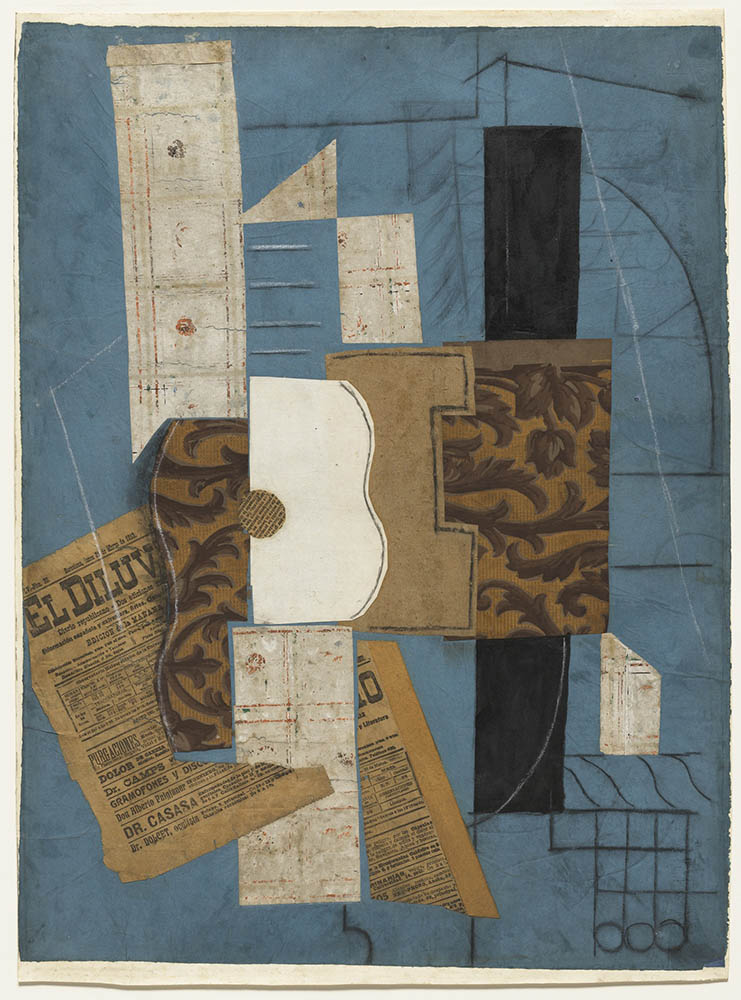
Everything You Need to Know about Cubism (thecollector.com)
Expressionism (1905-1933)
Expressionism first emerged out of early 20th century Germany, when industrialisation was taking hold. Artists used their work to express widespread and growing feelings of unease and malaise at the societal changes brought about by modern industry, making paintings and prints with a raw, crude and anxious energy. Two key self-named groups under the expressionism banner were Die Brucke and Der Blaue Reiter, both formed in Germany. The wider movement of Expressionism was named by the Czech art historian Antonin Matejcek, who saw the stylistic tendencies towards self-expression as the antithesis of Impressionism. The movement paved the way for Abstract Expressionism in the 1950s and Neo-Expressionism in the 1980s.
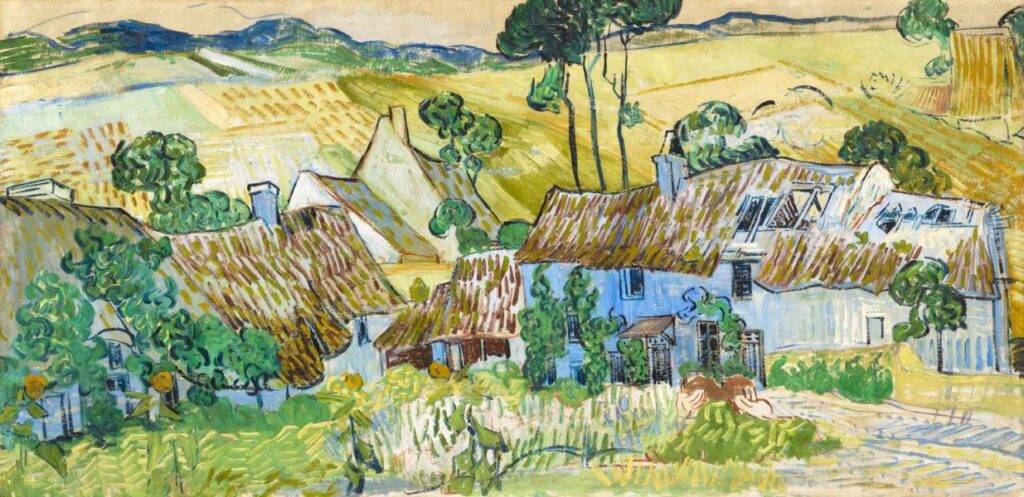
Pop Art (1950s to 1970s)
Pop Art was officially named by British curator Lawrence Alloway in 1955, but it was in the United States that the quintessential movement of the 1960s took hold. In New York City, Pop Art’s key players, Andy Warhol and Roy Lichtenstein, came crashing into the international art scene with work that was loud and deliberately gimmicky, replicating imagery from popular media such as comic book scenes, advertisements and celebrity photoshoots. Pop Art responded to the economic boom in the wake of World War II, showcasing a new world of brash, colourful branding and playful optimism.
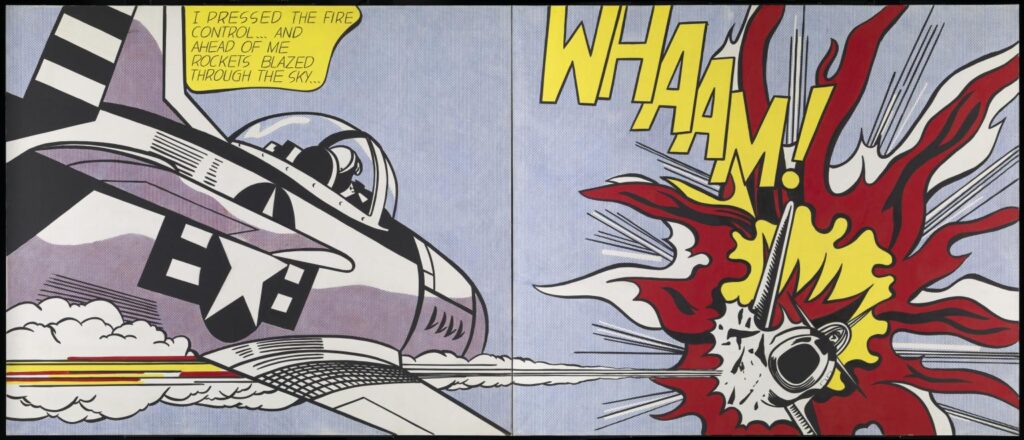
Pop Art: American vs. British (Famous Artists & Iconic Art) (thecollector.com)
Minimalism (1960s-1970s)
The term Minimalism was defined by British art theorist Richard Wollheim in the 1964 essay Minimal Ar. He noted a growing tendency towards cool, detached styles of art and architecture based on sleek, simple forms of geometry, grids, squares. Pared back, industrial materials including polished steel, concrete and tube lights were characteristic of the movement. This growing trend for restraint and simplicity came about during the post-Sputnik era, and spoke of a bold new futuristic society. Artists associated with Minimalism include Donald Judd, Richard Sera, Dan Flavin and Agnes Martin.
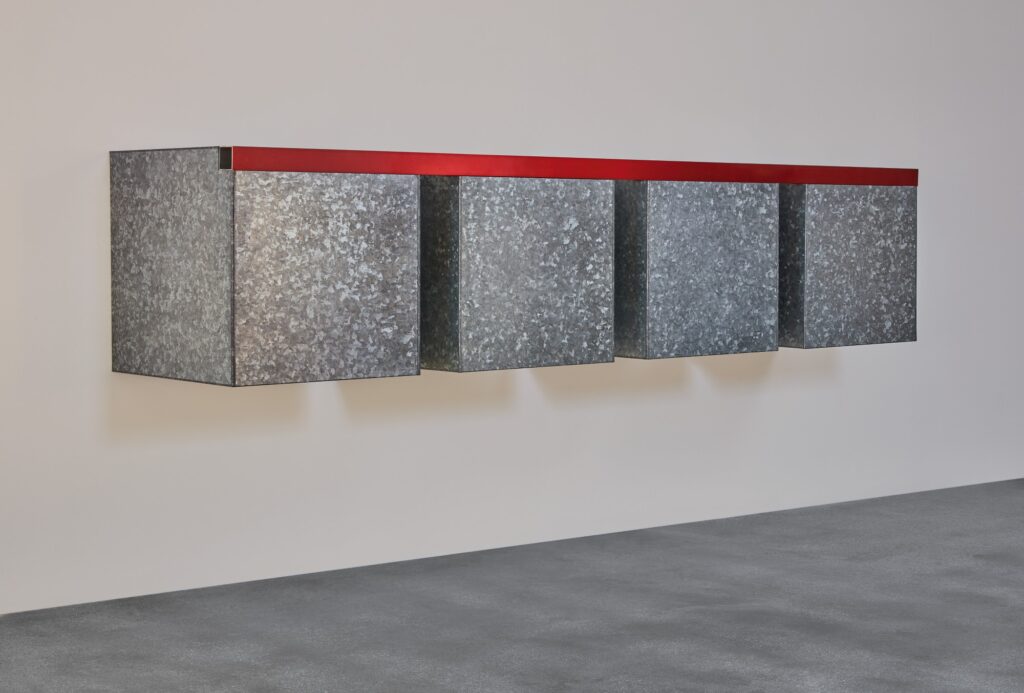
What Is Minimalism? A Review of the Visual Art Style (thecollector.com)
Photorealism (1960s-1970s)
Photorealism was a radical new art movement that first emerged from New York City during the 1960s. Artists painstakingly replicated photographic imagery–including their own photographs and popular culture references–with exacting detail, often in large-format dimensions. It was the Brooklyn-born art dealer and gallerist Louis K. Meisel first named photorealism, publishing a five-point definitive guide detailing the requirements for a work of art to fit under his term. Leading photorealist artists included Chuck Close, Audrey Flack, Richard Estes, and Ralph Goings. Their work can today be interpreted as a fitting response to the postmodern era of digital media, and the ways it can infiltrate our understanding and appreciation of both life and art.
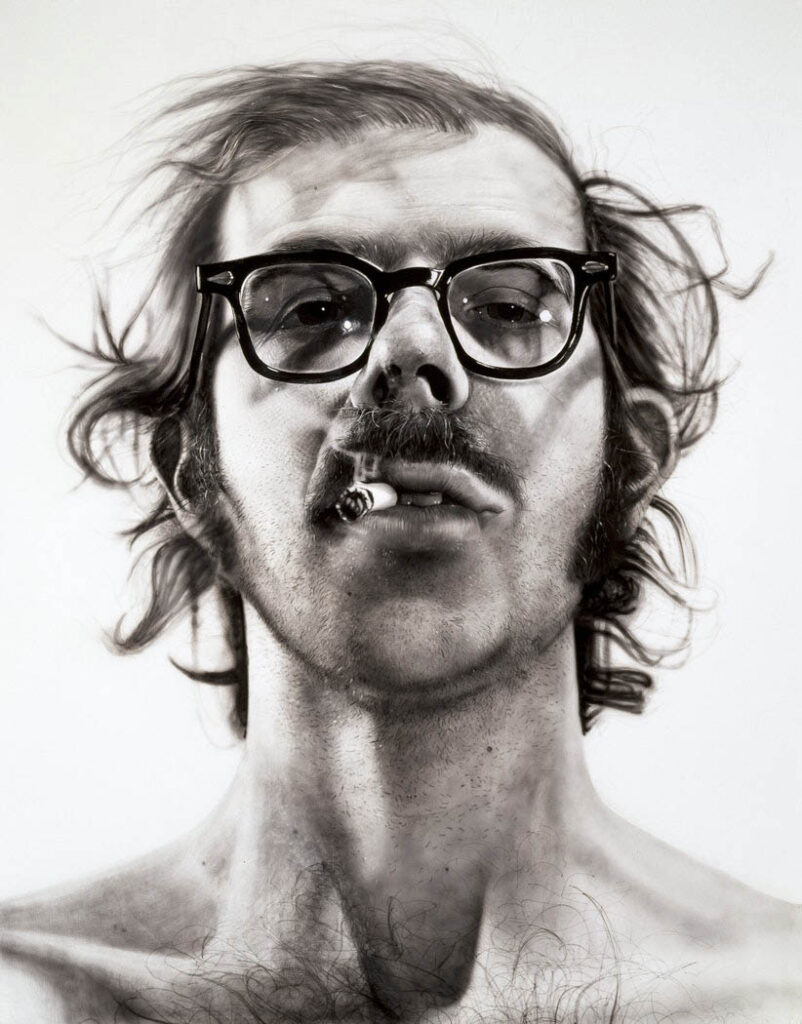
Photorealism: Understanding the Mastery of Mundanity (thecollector.com)







